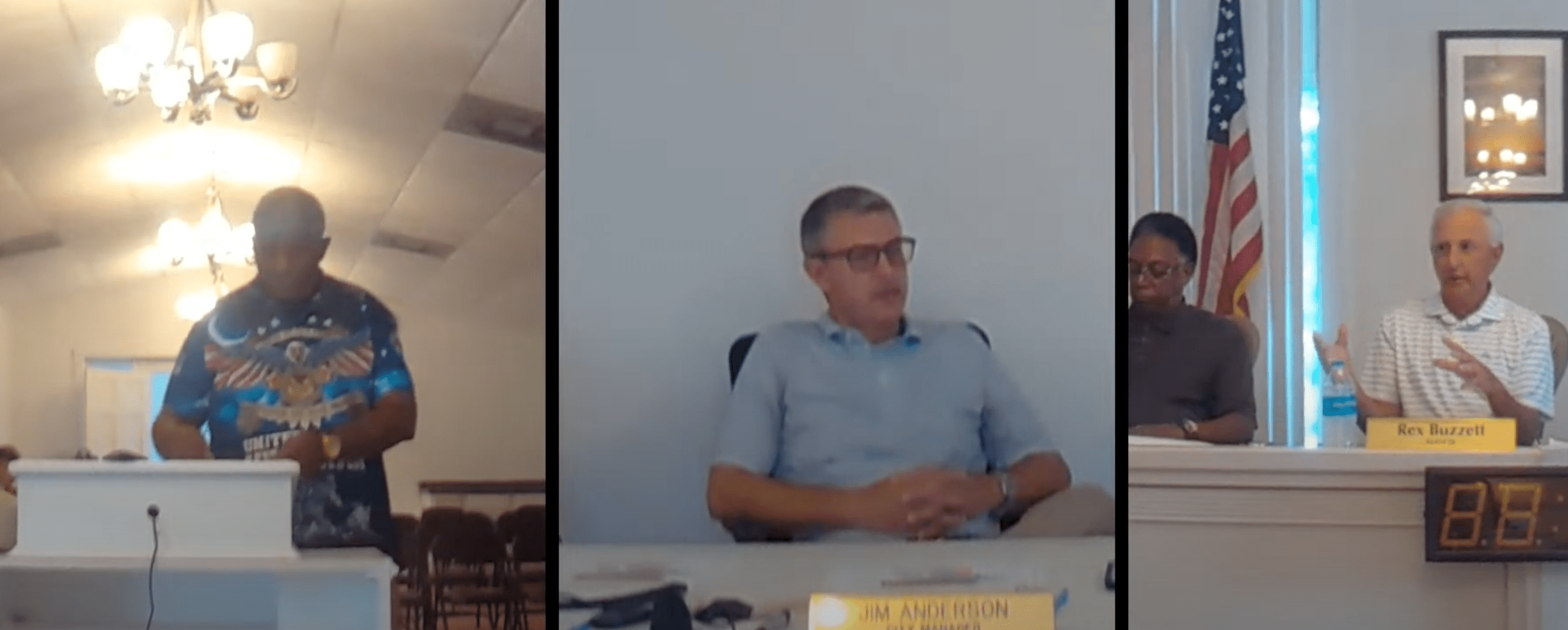City, community groups deliberate details of potential brownfield resolution
The Pioneer Bay CDC is still waiting for funding to come through for grants they received last year from the Environmental Protection Agency, aimed at the remediation and redevelopment of the North Port St. Joe Neighborhood.
But in the meantime, they say, they are working to make sure that when the funds come through, there is a defined area in which they can be spent.
So, they requested at the city’s most recent redevelopment board meeting that the city declare large swaths of the neighborhood to be brownfield areas.
But board members were reluctant to move forward with the decision while many questions remained unanswered, namely involving the area’s proposed boundaries.
“Pioneer Bay had applied for grants under the brownfield program, and they’re to the point now of trying to declare the boundaries of the brownfield area,” said City Manager Jim Anderson, presenting the information to the board. “They have submitted to us a resolution they ask the city to pass, declaring certain areas brownfields. The indication we got in the email is that the consultant (Patrick Barnes) would pretty much like to include all of the expanded CRA boundaries, which would include pretty much all of North Port St. Joe.”
“That’s a big area, so we’re trying to figure out if that’s a good idea or a bad idea.”
Following 45 minutes of discussion, the board decided to postpone any decision they might make on the matter, requesting more information.
Portions of North Port St. Joe were previously declared brownfields in the years following the shuttering of the St. Joe Paper Company paper mill adjacent to the neighborhood.
The EPA defines brownfields as “real property, the expansion, redevelopment, or reuse of which may be complicated by the presence or potential presence of a hazardous substance, pollutant, or contaminant.”
Pioneer Bay has already secured $850,000 in grant funding from the EPA to implement job training programs, assess needs and mitigate some of the environmental ramifications left by the paper mill. These programs, they say, fit into efforts aimed at the neighborhood’s overall redevelopment.
According to Chester Davis, a representative from Pioneer Bay who was present at the meeting, if the city were to place a brownfield declaration over portions of North Port St. Joe, it would allow the group to seek further grant funding to help with the cleanup and remediation of these sites.
“If we deem the areas that are on that map a brownfield, that gives us the option of applying for grants to have them cleaned up,” he said.
“The grants that we’re applying for and have received now, it’s not enough to take care of the whole area, but if we already have the approval of the city, it can be an area that the federal government can be responsible for cleaning up, rather than the city.”
Several city officials vocalized concerns over a brownfield resolution’s impacts on local property values, stating they were unsure whether or not it would make houses in the area more difficult to sell in the short-term.
“My main thought is, you have people there with private property who may not want to be involved with this,” said City Commissioner Eric Langston, who also serves as the chair of the redevelopment board. “We can’t just sign a resolution saying those people’s property is in someone else’s hands, someone else is handling it, when we don’t actually know what’s going on.”
“It’s important for us to get more information.”
In a drafted example resolution provided to the city by Patrick Barnes, title, local residents in the defined brownfield area would be able to have their properties removed from the declaration. They would need to provide a written request to do so during a public comment period, which would be defined and publicly noticed later in the process.
But Langston’s comments echoed those of the rest of the redevelopment board, who continued to express frustrations over a general lack of information regarding how the PBCDC’s overall plans.
“I just seem to have more questions than answers,” said Eddie Fields, another member of the redevelopment board. “I get that the grants are through the EPA, but what is the EPA going to do? Are they going to test the soil? … We want to know what’s going to be done. They community wants to see something happen, and that really might help them get on board.”
The redevelopment board invited continued discussions with the PBCDC on the potential brownfield resolution, but requested that more information be provided on its potential impacts, its exact boundaries and why it is necessary before proceeding.
If approved by the redevelopment board, the resolution would then go before the Board of City Commissioners, where it would undergo public hearings and be voted on by commissioners.
“I think there’s a lot more information we need to gather and talk about before we even consider this,” Langston said.


Meet the Editor
David Adlerstein, The Apalachicola Times’ digital editor, started with the news outlet in January 2002 as a reporter.
Prior to then, David Adlerstein began as a newspaperman with a small Boston weekly, after graduating magna cum laude from Brandeis University in Waltham, Massachusetts. He later edited the weekly Bellville Times, and as business reporter for the daily Marion Star, both not far from his hometown of Columbus, Ohio.
In 1995, he moved to South Florida, and worked as a business reporter and editor of Medical Business newspaper. In Jan. 2002, he began with the Apalachicola Times, first as reporter and later as editor, and in Oct. 2020, also began editing the Port St. Joe Star.